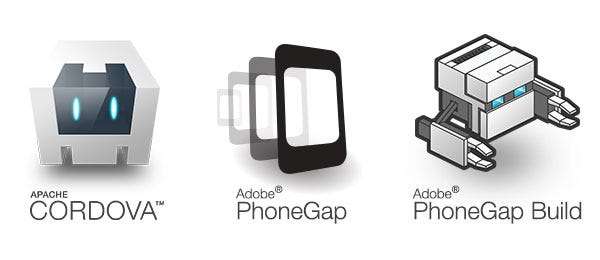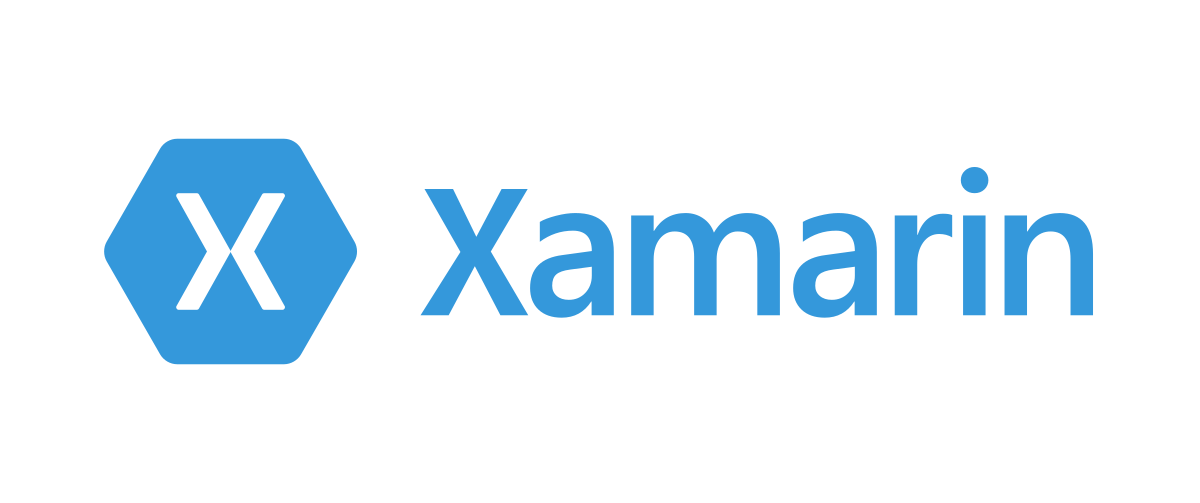Software is one of the important pillars of modern society, whether for work, business or pleasure. Both children and adults have a strong reliance on technology that is based on robust and robust software applications and services. This dependency is based on ensuring that software applications and utilities are secure and reliable.
From the other perspective, the software development industry evolves very quickly, given the demand and opportunities offered by the market in the form of unmet needs. There is a lot of competition as many software development companies like
GoodCore are trying to develop their own solutions to take their share of the cake.
Unfortunately, many painstaking and meticulous efforts go into the rubbish bin in software development. Several industry sources point out that approximately 80% of software projects are unsuccessful because of bad forecasts, highly improved project executions, limited budgets and resources, or inappropriate functionality.
Best practices for software development projects checklist

Fortunately, however, there are a large number of successful cases. We can always learn from the approach using them and that can be very useful to us to guarantee to carry out our software developments.
Whether you are developing a new software product, making upgrades, upgrades or maintenance of existing software or If you are looking to hire a software development company or a developer. it is advisable to consider the best practices listed below and make sure the software development company you are considering strictly follow these practices:
# 1. Select talent and appropriate resources
Capturing and selecting human talent with the necessary skills and relevant experience is vital to ensure project success. It is important to assign the appropriate job to the right person.
On the other hand, investing in tools that increase the productivity and efficiency of the development team is very important. Good equipment, modern hardware, software and development platforms and up-to-date testing and automated tools help the team to print all their knowledge and best practices to ensure a solid, reliable and robust product.
# 2. Choosing the Appropriate Design and Development Process
The software development lifecycle has a strong dependence on the chosen process. The cascade model, the agile methodology, the spiral iterative approach, are all contrasted ways of achieving success. The difficulty is in choosing which methodology best suits each type of project.
this is really important. Effective adherence and the fact to apply to the chosen methodology, is what determines the project to be successful. It is sometimes good to make a small prototype to assess viability or research new technologies.
# 3. Make Reasonable Budgets and Estimates
Many projects fail or stretch in time to make unrealistic estimates. Reasonable planning depends on setting time, budget, resources and effort well . It is best to use proven estimation and budgeting techniques. Trying to tighten estimates to try to shorten a project usually ends in catastrophe.
# 4. Set smaller milestones
Major projects and milestones should be complemented by mini-milestones to enable better monitoring, better control and better risk management, and in general to mitigate incidents in a more controlled way. Team members should meet to set these mini-milestones and align them with the big milestones to meet deadlines and reduce the delays that may arise due to the inter dependencies of assigned tasks.
# 5. Define the requirements well
Effectively documenting requirements is the backbone in order to align the end product with business objectives. It is imperative that all parties (clients, managers and team leaders) meet to document requirements in a clear and concise manner, leaving no room for gaps or improvisation.
It is necessary to define the basic requirements, derivatives and implicit, both functional and non-functional. The functionality can be obtained through use-case scenarios. Performance, fail-safe, system, design, and architecture requirements must all be well documented and taken into account.
# 6. Define System Architecture
A good application architect will ensure an appropriate system architecture choice, taking into account both requirements and constraints, if any. Good practices such as identifying threats and anti-patterns within the system are very useful.
# 7. Optimize your application design
The design must be modular and optimized . Balancing and distributing functionality across multiple modules can make the project work well or break. An object-oriented approach is a technique that ensures modularity. It is up to the designers to ensure that the chosen approach is applied well in order to achieve maximum cohesion with minimal coupling. Code reuse is often under-utilized in the application design, and if well implemented, can save a lot of effort and reduce costs over time in any project.
# 8. Implement the code effectively
The use of smaller modules that are self-tested, unit-tested and continuously integrated is a widespread good practice. The automation of build tools and the automated execution of regression tests for each included functionality is recommended to ensure that the functionality already implemented does not break.
# 9. Rigorous testing and validation
The planning of tests, the creation of sets of tests and the execution of them are very important in order to validate the developed functionality . In fact, testing planning should be done in parallel with the development phase. Equally important is the documentation we make of the tests, effectively reporting errors, tracking errors and correcting them. The use of automated tools as well as proven processes that ensure that errors are identified at the earliest possible stage and resolved at the lowest cost.
Unit testing, integration testing, functional testing, system testing, and performance testing are some types of testing. Each test level requires your expertise, planning and execution.
# 10. Documentation
Even though the software itself is important, all the documentation on which it is based – the project plan, requirements and specifications, High Level Design (HLD), Low Level Design (LLD), test plans, reports Of the tests, status reports and documentation for users.
Often these documents are part of the deliverable specified by the customer or the parties interested in a particular project. These documents help ensure software understanding, traceability and eliminate reliance on the original development team. They may be used as reference in the future by other people who need to maintain, improve or use the software.
# 11. Schedule code review sessions
Code revisions are often more effective, and certainly less expensive, to find errors than if we just do tests. Reviews of all deliverable, code and documentation is something that should always be done.
These sessions of revision of the code, its management and the resolution of conflicts that can occur in the same ones are done following a series of contrasted techniques and good practices. Both peer review and peer review are always helpful.
# 12. Ensure management of control of software sources
The use of effective source code management and documentation, so that they are controlled according to the version, is fundamental to be able to maintain traceability and controlled reversal of the code if necessary. In the market there is much software available for this type of tasks.
# 13. Quality Control
Quality control helps to push forward development projects without major disruptions and more quickly. From fault detection to the establishment of key metrics, best practices in this field have proven to be successful in determining whether a project is able to move to a new phase or is ready to be released or delivered to client.
Metrics and targets should be set to ensure that requirements, design, code, tests and other tasks are coordinated and alienated.
# 14. Effective Installation and Deployment
On many occasions when we have already tried the door-to-door software and everything is going well, suddenly the project fails at the customer’s home or when we are in the implementation and deployment phase. It is very important to have a good deployment plan and make a list as a checklist to avoid disasters.
# 15. Support and Maintenance Strategy
Even when the deployed software is up and running, there must be a pre-designed, thought-out support and maintenance process in order to effectively report and report errors and improvements to the development team.
The 15 best practices for software development projects mentioned above are widely used in all types of software companies that have development teams, to a greater or lesser extent and we also do strictly adhere these practices. Obviously there are many factors that limit or enable the implementation of such good practices: resources, budgets, etc.


















 Fortunately, however, there are a large number of successful cases. We can always learn from the approach using them and that can be very useful to us to guarantee to carry out our software developments.
Fortunately, however, there are a large number of successful cases. We can always learn from the approach using them and that can be very useful to us to guarantee to carry out our software developments.